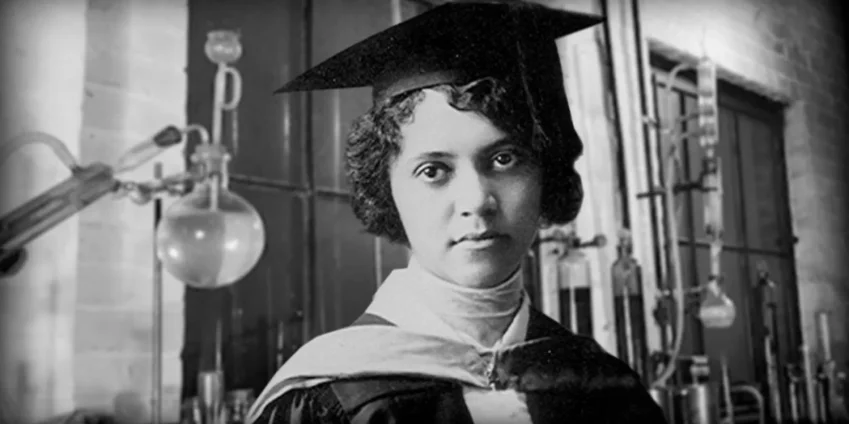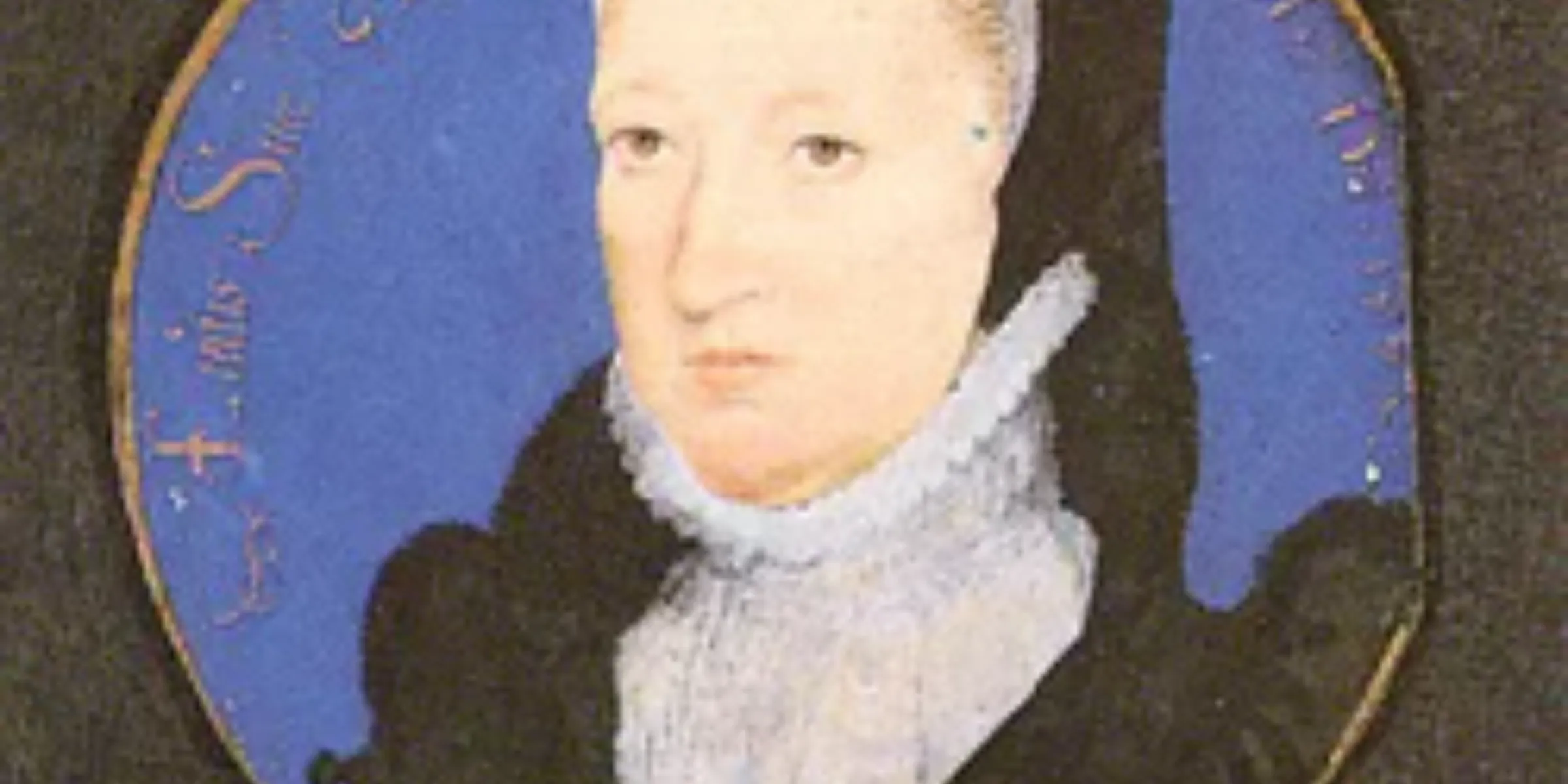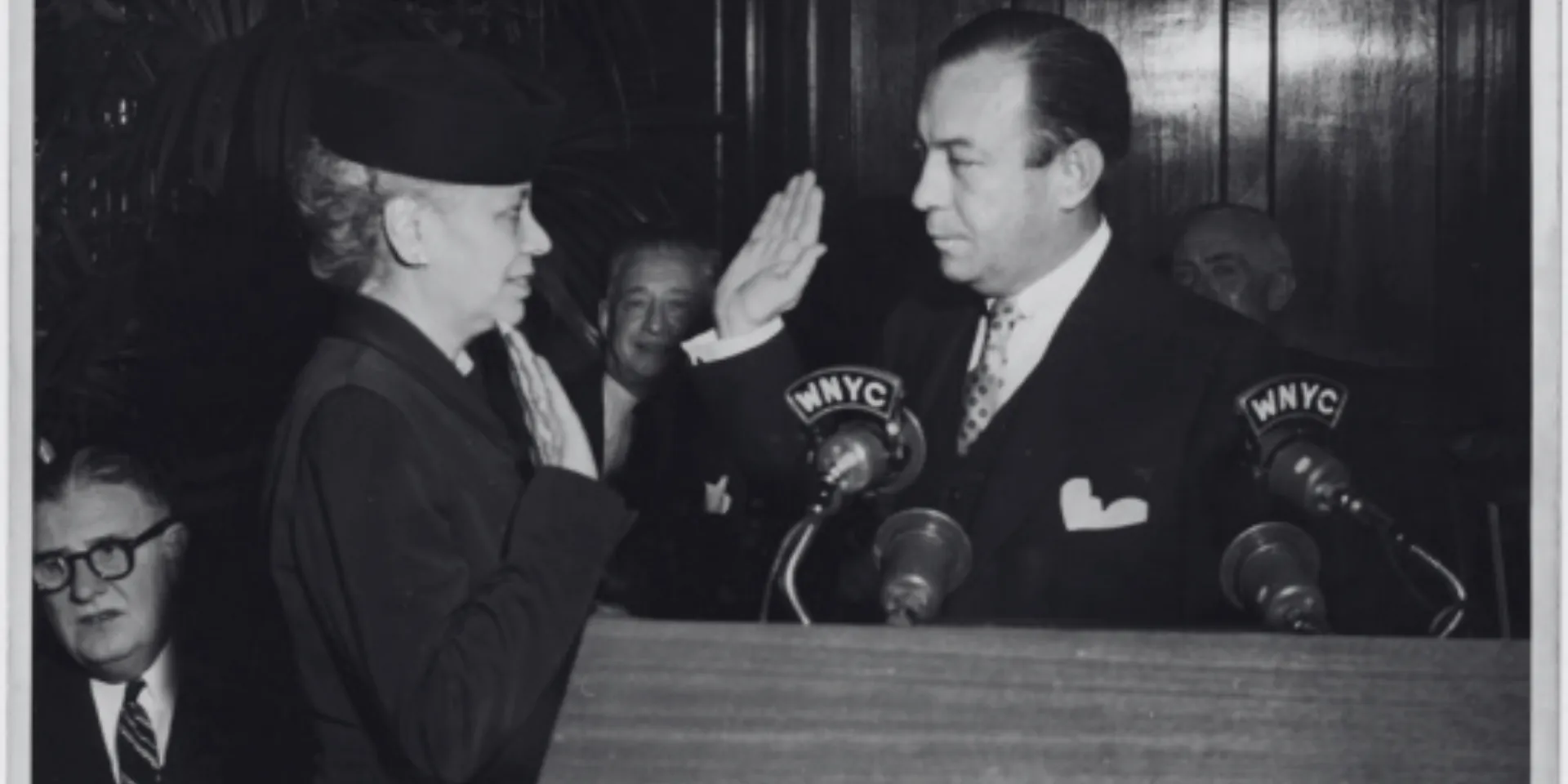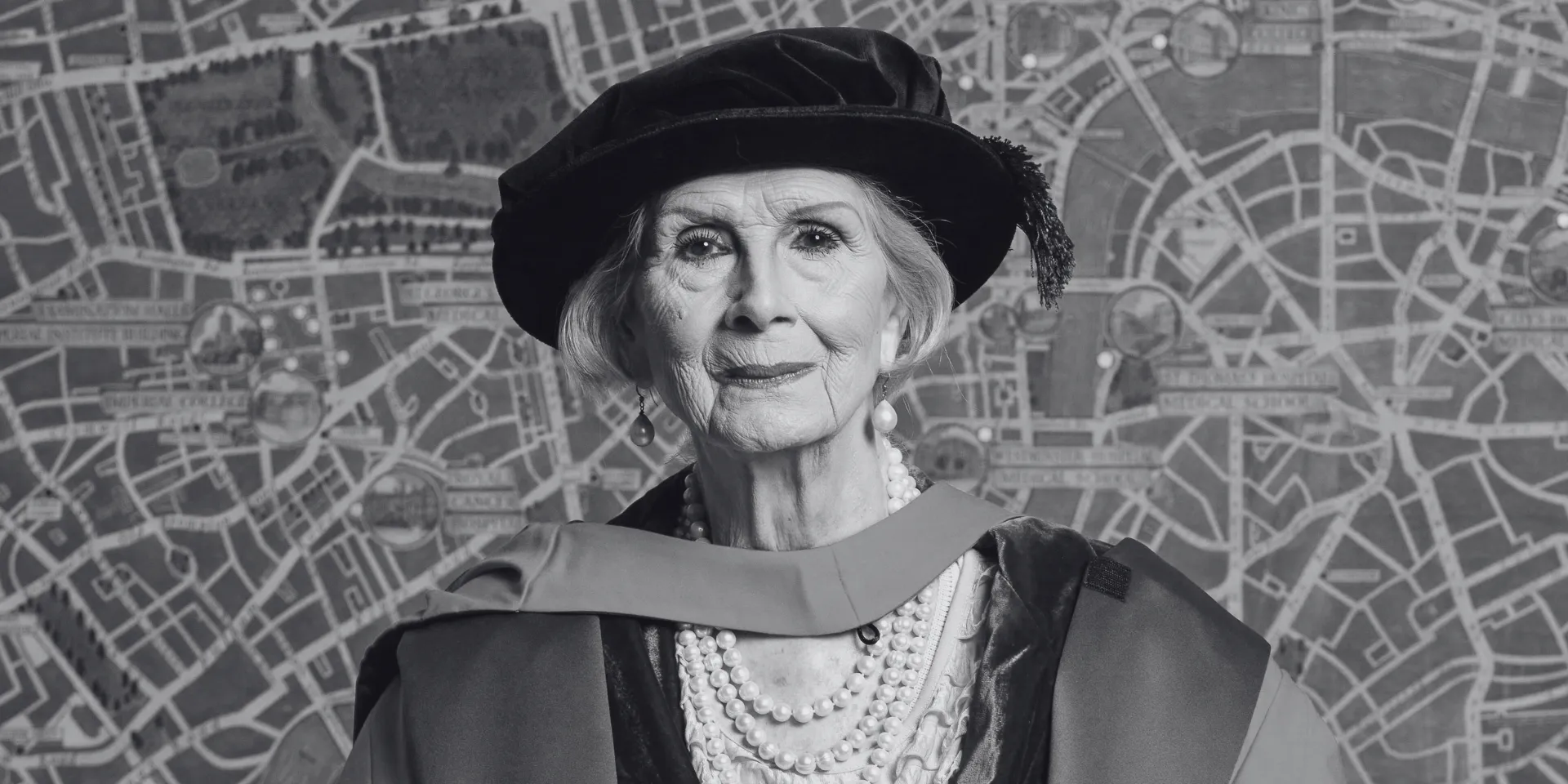Contents
ToggleMost people die without making any real difference. Alice Ball died at 24 but not before she changed medicine forever. She solved a problem that had stumped doctors for centuries, saved thousands of people from permanent exile, and got zero credit for it during her lifetime. Her story reveals how racism and sexism in early 1900s academia nearly erased one of the most important medical breakthroughs of the 20th century.
Ball created the first effective treatment for leprosy that actually worked. Before her method, people diagnosed with Hansen’s disease were shipped to isolated islands to die. After her breakthrough, they could be treated and return home. The treatment remained the standard cure for over 30 years, until antibiotics were developed in the 1940s.
But here’s the part that makes her story different from other “forgotten women scientists” narratives. Ball wasn’t just overlooked because she was a woman or because she was Black. She was deliberately erased by her white male supervisor, who stole her work, published it under his own name, and spent years taking credit for her discovery. But that’s not it. The story has another, far more sickening twist to it.
Growing Up in a Family That Refused Limitations
Alice Augusta Ball was born on July 24, 1892, in Seattle, Washington. Her family background explains a lot about how she ended up breaking barriers that seemed impossible to cross. Her father, James Presley Ball, worked as a newspaper editor, photographer, and lawyer. Her mother, Laura Louise Howard Ball, was also a photographer. Her grandfather, James Ball Sr., was one of the first Black Americans to master daguerreotype photography.
This wasn’t a typical working-class Black family in 1890s America. The Balls were educated, professional, and refused to accept the limitations that white racist society tried to impose on them. They understood that technical skills and education could create opportunities that didn’t exist through traditional paths.
The family’s involvement in photography had an unexpected influence on Alice’s later career. Photography in the 1890s required working with mercury vapors and iodine-sensitized silver plates. The chemical processes involved in developing photographs exposed Alice to chemistry concepts from an early age. She watched her parents and grandfather manipulate chemical reactions to create permanent images on metal plates.
The Ball family made a decision that revealed their strategic thinking about race in America. Despite being prominent members of the African-American community, both of Alice’s parents are listed as “White” on her birth certificate. This wasn’t an accident or clerical error. It was a calculated attempt to help their daughter navigate a racist society by giving her the option to “pass” as white when necessary and possible.
This decision shows how the Ball family understood that talent and intelligence alone wouldn’t be enough for their daughter to succeed. They were willing to use every available advantage to create opportunities for her, even if it meant obscuring their own racial identity on official documents.
The Hawaii Experiment and Early Academic Success
In 1902, when Alice was 10 years old, the Ball family moved from Seattle to Honolulu. The official reason was to help Alice’s grandfather’s arthritis with the warmer climate. But the move also represented the family’s willingness to take risks for potential opportunities. Hawaii in 1902 was still a territory, not a state. It was culturally different from the mainland United States and offered different possibilities for non-white families.
The grandfather died shortly after the move, and the family returned to Seattle in 1905. But those three years in Hawaii exposed Alice to a different kind of society. Hawaii had a more complex racial structure than the mainland United States. Native Hawaiians, Asian immigrants, and white settlers created a social environment where strict Black-white racial categories didn’t apply in the same way.
Back in Seattle, Alice attended Seattle High School and rose to excellence immediately. She participated in the drama club and was known for her quick wit and ambitious personality. These weren’t typical activities for young Black women in 1910s Seattle. The drama club would have required public speaking, memorization, and performance skills that built confidence and communication abilities, none of which were at the disposal of Black kids especially girls during that era.
Alice graduated from high school in 1910 with top grades in the sciences. This achievement positioned her for college admission at a time when very few women of any race attended university, and even fewer Black women had access to higher education in the sciences.
Breaking Into University Chemistry
Alice enrolled at the University of Washington to study chemistry. This decision required enormous confidence and determination. In 1910, chemistry was considered a male field. The laboratory work was seen as too dangerous for women, and the mathematical requirements were supposedly “beyond female capabilities.” For a Black woman to enter this field was almost unthinkable.
But Alice had advantages that most other Black women lacked. Her family’s financial stability meant she could focus on studies without working to support herself. Her parents’ education and professional backgrounds meant she had examples of intellectual achievement and career success. Most importantly, her family expected her to succeed and provided the emotional support necessary to persist through inevitable discrimination.
In 1912, Alice graduated with a bachelor’s degree in pharmaceutical chemistry. Two years later, she earned a second bachelor’s degree in pharmacy. Having two degrees in related but distinct fields demonstrated her serious commitment to understanding both the theoretical and practical aspects of chemical science.
The most significant achievement during her undergraduate years was co-publishing a research article with her pharmacy instructor, William Dehn. The article, “Benzoylations in Ether Solution,” appeared in the Journal of the American Chemical Society in 1914. Publishing in a major scientific journal as an undergraduate was rare for anyone. For a Black woman in 1914, it was extraordinary.
This publication proved that Alice could conduct original research and communicate scientific findings effectively. It also established her credibility within the chemistry community and positioned her for graduate school opportunities.
Choosing Hawaii and Studying Plant Chemistry
After graduating, Alice received scholarship offers from multiple universities, including UC Berkeley and the College of Hawaii. She chose Hawaii, returning to the place where she had lived as a child. This decision may have been influenced by her positive memories of the islands, but it was also strategically smart.
The College of Hawaii was a small, new institution that needed talented students and faculty. Alice would have more opportunities to stand out and access research projects than she might at larger, more established universities. The smaller community also meant that her achievements would be more visible and harder to ignore. Or so she thought.
For her master’s thesis, Alice chose to study the chemical properties of the kava plant (Piper methysticum). This plant was endemic to Oceania and commonly used throughout Polynesia for treating anxiety, headaches, kidney disorders, and other conditions. By studying kava, Alice was investigating traditional Polynesian medicine using modern chemical analysis techniques.
This research approach demonstrated Alice’s understanding that traditional knowledge could be validated and improved through scientific methods. She wasn’t dismissing indigenous medicine as primitive or superstitious. Instead, she was using chemistry to understand why certain traditional treatments worked and how they might be improved.
The kava research also positioned Alice as an expert in plant chemistry and natural product analysis. These skills would prove crucial for her later work with chaulmoogra oil and leprosy treatment.
In 1915, Alice became the first woman and first African American to graduate with a master’s degree from the College of Hawaii. She was immediately hired as the university’s first female and African-American chemistry instructor. At age 23, she was building a career that seemed impossible just a few years earlier.
The Leprosy Crisis in Hawaii
Alice’s graduate research caught the attention of Dr. Harry T. Hollmann, who worked at the Leprosy Investigation Station of the U.S. Public Health Service in Hawaii. Hollmann needed a chemist who understood plant-based medicines and could work on improving treatments for Hansen’s disease.
The leprosy situation in Hawaii was a humanitarian crisis that most people today don’t fully understand. Starting in 1866, anyone diagnosed with leprosy was forcibly removed from their families and exiled to the Kalaupapa peninsula on the island of Molokai. Over 103 years, more than 8,000 people were sent to this isolated settlement with the expectation that they would die there.
The vast majority of these exiled patients were Native Hawaiians. The disease had been introduced to the islands by foreign contact, and the indigenous population lacked acquired immunity. White residents (called Haole) diagnosed with leprosy were often allowed to leave Hawaii for treatment on the mainland United States. This racial disparity made the exile policy even more cruel and unjust.
The only available treatment was chaulmoogra oil, extracted from seeds of the Hydnocarpus wightianus tree. This oil had been used medicinally since the 1300s, but Western applications developed in the 1850s were largely ineffective. The oil was too thick and sticky to work as a topical treatment. When injected, it clumped under the skin and formed painful blisters instead of being absorbed. Taking it orally caused vomiting because of its bitter taste.
Essentially, thousands of people were being exiled to die because medicine couldn’t figure out how to make an existing treatment work properly. This was exactly the kind of practical chemistry problem that Alice was equipped to solve.
Developing the Ball Method
Alice approached the chaulmoogra oil problem with the systematic thinking she had developed during her kava research. The oil contained fatty acids with therapeutic properties, but the physical form prevented effective delivery to patients. She needed to modify the oil’s chemical structure to make it injectable while preserving its medicinal effects.
Her solution involved saponifying the fatty acids in chaulmoogra oil to form chaulmoogric acid, then converting this acid into its ethyl ester form. This chemical transformation maintained the oil’s therapeutic properties while making it water-soluble and suitable for injection. The modified oil could be absorbed into circulation without clumping or causing blisters.
HerWiki is built and maintained by the support of amazing readers like you. If this story inspired you, join the cause and help us make HerWiki bigger and better.
This breakthrough required sophisticated understanding of organic chemistry, particularly esterification reactions and their effects on molecular properties. Alice had to identify which specific compounds in chaulmoogra oil provided therapeutic effects, determine how to isolate those compounds, and develop a reproducible method for chemical modification.
The practical impact was immediate and dramatic. Patients who received injections of Alice’s modified chaulmoogra oil showed significant improvement. The treatment didn’t cure leprosy completely, but it halted disease progression and allowed many patients to be discharged from exile.
Alice was working on publishing her findings when she suddenly became ill and returned to Seattle for treatment. She died on December 31, 1916, at age 24, before she could complete her research publication. She died from complications related to inhaling chlorine gas during a laboratory demonstration. While her death certificate listed tuberculosis as the cause, there’s strong evidence suggesting it was a result of chlorine poisoning. She had been demonstrating how to use a gas mask when the incident occurred.
As far as my personal opinion is concerned, her “sudden accidental death” does not sit well with me for a single second. Records show that she was demonstrating how to use a gas mask while handling chemicals when the mask reportedly “malfunctioned” because she “put in on wrong” and she inhaled undiluted chlorine gas and this accident led to her death within a few months.
Now one would expect a cheist of a callibre as high as Ball’s to obviously know how to put on a gas mask. I personally believe that another faculty member L. Dean or someone on his behalf tempered the mask in a clear attempt to get rid of her. They had the motive, the opportunity, and the means. And they also knew that even if they confessed it themselves in front of the entire university, they won’t face any repercussions worse than a slap on the wrist.
The Ultimate Theft of Scientific Brilliance
After Alice’s death, her graduate advisor Arthur L. Dean took over her research and continued developing the chaulmoogra oil treatment. Dean had access to Alice’s notes and understood the details of her chemical modification process. By 1919, the college chemistry laboratory was producing large quantities of the injectable chaulmoogra extract.
Dean also took over the paper about the treatment Ball was preparing to publish prior to her death and published it, he made no mention of Alice’s work. He presented the discovery as his own and allowed the technique to be called “the Dean method.” This wasn’t an oversight or academic misunderstanding. Dean deliberately erased Alice’s contributions and claimed credit for her breakthrough.
The theft was so complete that medical journals and health officials began referring to the treatment as Dean’s discovery. In 1920, a Hawaii physician reported in the Journal of the American Medical Association that 78 patients had been discharged from Kalihi Hospital after treatment with the modified chaulmoogra oil, but the article attributed the method to Dean.
This erasure had serious consequences beyond just academic recognition. When medical advances are misattributed, it affects how future research is conducted and how credit is distributed to underrepresented scientists. Dean’s theft reinforced the assumption that important scientific discoveries came from white male researchers, making it even harder for women and people of color to receive recognition for their work.
The theft was also personally devastating for Alice’s family and colleagues who knew the truth. They watched a White man receive honors and recognition for work that Alice had completed, while her death at 24 was treated as a tragic loss of potential rather than the actual loss of a completed scientific achievement.
The Fight for Credit
Dr. Harry T. Hollmann, who had originally recruited Alice to work on the leprosy research, understood exactly what had happened. In 1922, six years after Alice’s death, Hollmann published a paper specifically to correct the record. He called the treatment “the Ball method” throughout his article and explicitly rejected Dean’s claims to have improved upon Alice’s work.
Hollmann wrote: “I cannot see that there is any improvement whatsoever over the original technic as worked out by Miss Ball. The original method will allow any physician in any asylum for lepers in the world, with a little study, to isolate and use the ethyl esters of chaulmoogra fatty acids in treating his cases.”
This public correction was significant because it came from someone with direct knowledge of both Alice’s work and Dean’s claims. Hollmann had the scientific credibility to challenge Dean’s version of events and the moral courage to do so publicly. But his 1922 paper didn’t have enough impact to restore Alice’s recognition in the broader scientific community.
Alice remained largely forgotten for decades. Medical textbooks continued to attribute the chaulmoogra oil breakthrough to Dean or simply described it as a development from the College of Hawaii without naming individual researchers.
The situation began to change in the 1970s when University of Hawaii professors Kathryn Takara and Stanley Ali found records of Alice’s original research. They began making efforts to ensure her achievement was properly recognized. In the 1990s, Ali discovered a 1932 book called “The Samaritans of Molokai” that specifically mentioned a young chemist’s contributions to leprosy treatment, later identified as Alice Ball.
The Real Impact of Alice’s Discovery
Alice’s chemical modification of chaulmoogra oil remained the standard treatment for leprosy until sulfonamide antibiotics were developed in the 1940s. For more than 20 years, her method was the only effective treatment available for Hansen’s disease worldwide.
The treatment allowed thousands of people to avoid permanent exile and return to their families and communities. In Hawaii alone, 78 patients were discharged from isolation hospitals by 1920, just four years after Alice’s death. As the treatment became more widely available, similar results occurred in leprosy treatment centers around the world.
But the impact went beyond just medical treatment. Alice’s breakthrough challenged the assumption that leprosy patients had to be permanently isolated from society. Once effective treatment became available, the moral justification for forced exile disappeared. This contributed to eventual changes in public health policies and reduced stigma around Hansen’s disease.
The chemical principles that Alice developed also influenced later pharmaceutical research. Her work on esterification as a method for improving drug delivery properties became part of the foundation for modern medicinal chemistry. Researchers studying how to modify natural compounds for pharmaceutical use could build on techniques that Alice had pioneered.
Hidden Challenges of Being a Black Woman Scientist
Alice’s story reveals specific obstacles that Black women scientists faced in early 20th century America. These challenges were different from those experienced by white women or Black men in academia, and understanding them helps explain both her achievements and the erasure that followed her death.
As a Black woman, Alice had to navigate both racial and gender discrimination simultaneously. White women scientists faced skepticism about their intellectual capabilities but could sometimes find male mentors willing to support their work. Black men scientists faced racial barriers but could appeal to shared gender identity with white male colleagues. Alice faced both sets of prejudices without access to either form of solidarity.
The financial requirements of graduate education created additional barriers. Most Black families in 1910s America couldn’t afford to support children through college, let alone graduate school. Alice’s family’s middle-class status was crucial to her educational opportunities, but it also isolated her from many other Black students who might have provided peer support.
Laboratory work in chemistry required access to expensive equipment and materials. Alice needed permission to use university facilities and had to demonstrate competence with dangerous chemicals and procedures. Any mistakes or accidents could be attributed to her race or gender and used to justify excluding other Black women from similar opportunities.
The publication and recognition process in academic science depended heavily on professional networks and informal mentorship. Alice had to build relationships with white male professors and researchers who controlled access to publishing opportunities and job recommendations. These relationships required constant navigation of social barriers and potential exploitation.
When Alice died, she lost the ability to advocate for her own work and ensure proper attribution. Other scientists could continue fighting for recognition throughout their careers, but Alice’s death at 24 made her vulnerable to exactly the kind of theft that Dean committed.
The Long Due Recognition
The effort to restore Alice’s recognition gained momentum in the 2000s as universities began acknowledging their historical failures to credit women and minority scientists. In 2000, the University of Hawaii dedicated a plaque to Alice on the school’s only chaulmoogra tree behind Bachman Hall.
In 2007, the University Board of Regents honored Alice with a Medal of Distinction, the school’s highest honor. This recognition was significant because it came from the same institution where Dean had stolen her work and claimed credit for her discovery.
The recognition campaign expanded beyond Hawaii as Alice’s story became better known. In 2016, Hawaii Magazine placed her on its list of the most influential women in Hawaiian history. In 2018, a new park in Seattle’s Greenwood neighborhood was named after her. In 2019, the London School of Hygiene and Tropical Medicine added her name to the frieze on its main building alongside Florence Nightingale and Marie Curie.
These honors represent more than just belated recognition for Alice individually. They acknowledge the broader pattern of erasure that affected women and minority scientists throughout history. By restoring Alice’s credit for the chaulmoogra oil breakthrough, institutions are also committing to preventing similar thefts in the future.
Student activists at the University of Hawaii have pushed for more substantial recognition, including proposals to rename Dean Hall after Alice instead. This campaign represents a direct challenge to the institutional legacy of the man who stole her work. As of 2022, the student government is working to rename the earth sciences building “Alice Ball Hall.”
Alice’s story provides a different model for understanding women’s contributions to science than the typical “hidden figures” narrative. She wasn’t hidden or forgotten because of general social attitudes about women’s capabilities. She was deliberately erased by a man who stole her work, claimed credit for her breakthrough, and most likey took her life in a very brutal, painful way.
This distinction matters for contemporary discussions about gender equality in STEM fields. Alice’s erasure wasn’t the result of unconscious bias or institutional neglect. It was conscious theft by someone who understood exactly what he was doing and calculated that he could get away with it.
The theft succeeded for decades because the scientific community accepted Dean’s version of events without questioning how a middle-aged white professor had suddenly developed expertise in plant chemistry and natural product modification. The willingness to believe that important discoveries came from established white male researchers made Alice’s erasure easier to maintain.
The 50-year delay in restoring Alice’s recognition shows how difficult it can be to correct historical injustices in academic science. Even when evidence of theft is clear, changing established narratives requires sustained effort and institutional willingness to acknowledge past failures.
The Ball Legacy
Alice’s approach to the chaulmoogra oil problem demonstrated principles that remain relevant for contemporary pharmaceutical research. She identified a traditional medicine with proven therapeutic effects, analyzed its chemical structure to understand why existing delivery methods failed, and developed a modification that preserved medicinal properties while improving bioavailability.
This process of taking natural compounds and modifying them for better pharmaceutical performance is now standard practice in drug development. Alice was pioneering techniques that would become fundamental to modern medicinal chemistry.
Her willingness to work with traditional Polynesian medicine also represents an approach that contemporary researchers are rediscovering. Many current pharmaceutical projects involve studying indigenous medicines to identify active compounds that can be developed into modern drugs. Alice was doing this type of work 100 years before it became widely accepted in academic medicine.
The rapid practical impact of Alice’s discovery also demonstrates the importance of focusing research on urgent human needs rather than just theoretical questions. She was motivated by the suffering of thousands of people in forced exile, and her work immediately improved their lives.
Alice Ball died at 24 having solved a medical problem that had stumped researchers for centuries. Her breakthrough saved thousands of people from permanent exile, millons from a disease that had been around for 4000 years, and remained the standard treatment for leprosy for over 20 years. The theft of her work and the decades-long fight to restore her recognition reveal how racism and sexism in academic science can erase even the most important contributions. Her story proves that individual genius can overcome enormous barriers, but it also shows that protecting women’s achievements requires constant vigilance against those who would steal credit for work they didn’t do.







